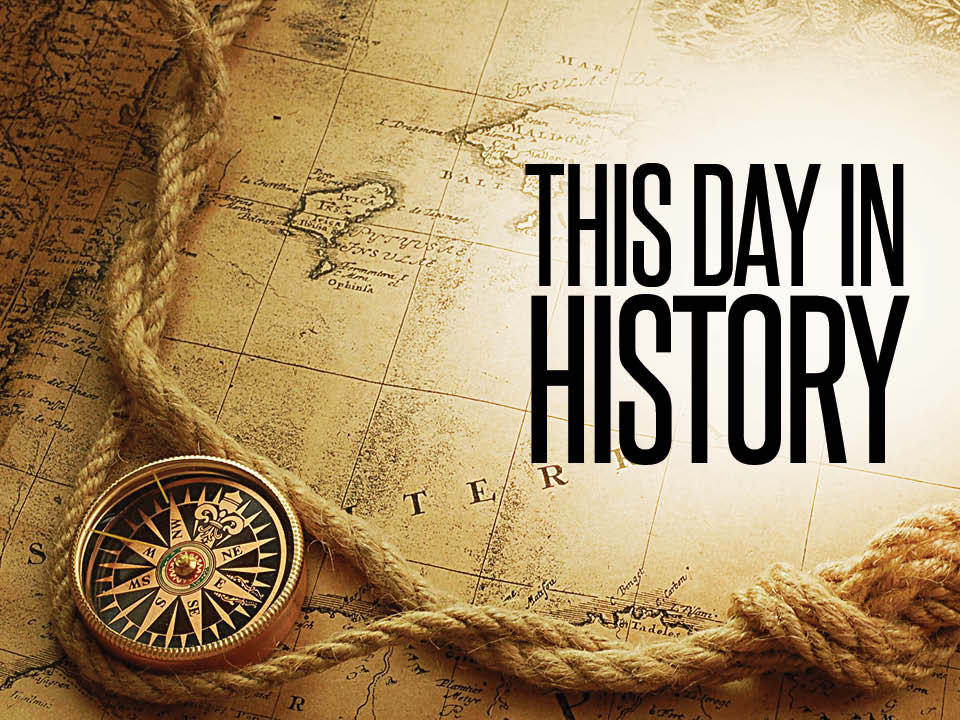1440 Daily Digest
The Manhattan Project was a top-secret US government program that developed the world’s first atomic weapons. Officially formed in 1942, the project’s explicit goal was to develop an atomic weapon before Nazi Germany.
The project’s work ultimately led to the creation of the bombs that devastated Hiroshima and Nagasaki in 1945, effectively ending World War II and setting the stage for the Cold War.
Origins
In 1938, scientists in Germany discovered nuclear fission—splitting an atom—releases a tremendous amount of energy. And in 1939, physicist Albert Einstein sent a letter to President Franklin Roosevelt warning fission could be used to create “extremely powerful bombs.”
Fearing that Nazi Germany might develop its own atomic arsenal, Roosevelt created a committee to advise him on the feasibility of atomic weapons. Between 1939 and 1942, the committee expanded to include prominent scientists such as Enrico Fermi and Leo Szilard.
In 1942, after the US entered World War II, the advisory committee determined that it would be possible to create atomic bombs. The committee’s work then evolved into the initiative now known as the Manhattan Project. Under the supervision of the Army Corps of Engineers, the Manhattan Project team was tasked with developing atomic bombs that could be used in World War II.
Three Challenges, Three Locations
The Manhattan Project faced three practical problems: creating uranium or plutonium for use in an atomic bomb, building the bomb, and testing the bomb. To address these challenges, the project would ultimately employ hundreds of thousands of people—many of whom worked at one of three facilities built specifically for the project.
In Oak Ridge, Tennessee, the Corps created an industrial site to produce enriched uranium. This site would also become the headquarters of the Manhattan Project. In Hanford, Washington, the Corps created a site to produce enriched plutonium.
The workers in Oak Ridge and Hanford were pioneering an entirely new field. The work was dangerous, and progress was slow. They were not able to produce enough material to construct atomic weapons until mid-1945.
Meanwhile, in Los Alamos, New Mexico, the Corps also created the site where a team of researchers led by Robert Oppenheimer developed the first atomic bomb. The first test of an atomic weapon—given the codename Trinity—took place about 200 miles south of Los Alamos in July 1945.
Aftermath
On Aug. 6, 1945, the US military dropped a uranium-fueled atomic bomb dubbed “Little Boy” on Hiroshima, Japan, devastating the city. On Aug. 9, a plutonium-fueled bomb called “Fat Man” was dropped on Nagasaki. Japan announced its surrender Aug. 15, ending World War II.
The financial cost of the Manhattan Project is estimated at $27B in today’s dollars. The human impact is harder to calculate, with estimates for the number of people killed at Hiroshima and Nagasaki ranging from 110,000 to 210,000. What is certain is that the birth of atomic weapons led to a widespread fear of nuclear war, setting the stage for the diplomatic efforts that characterized the Cold War and still echo today.
